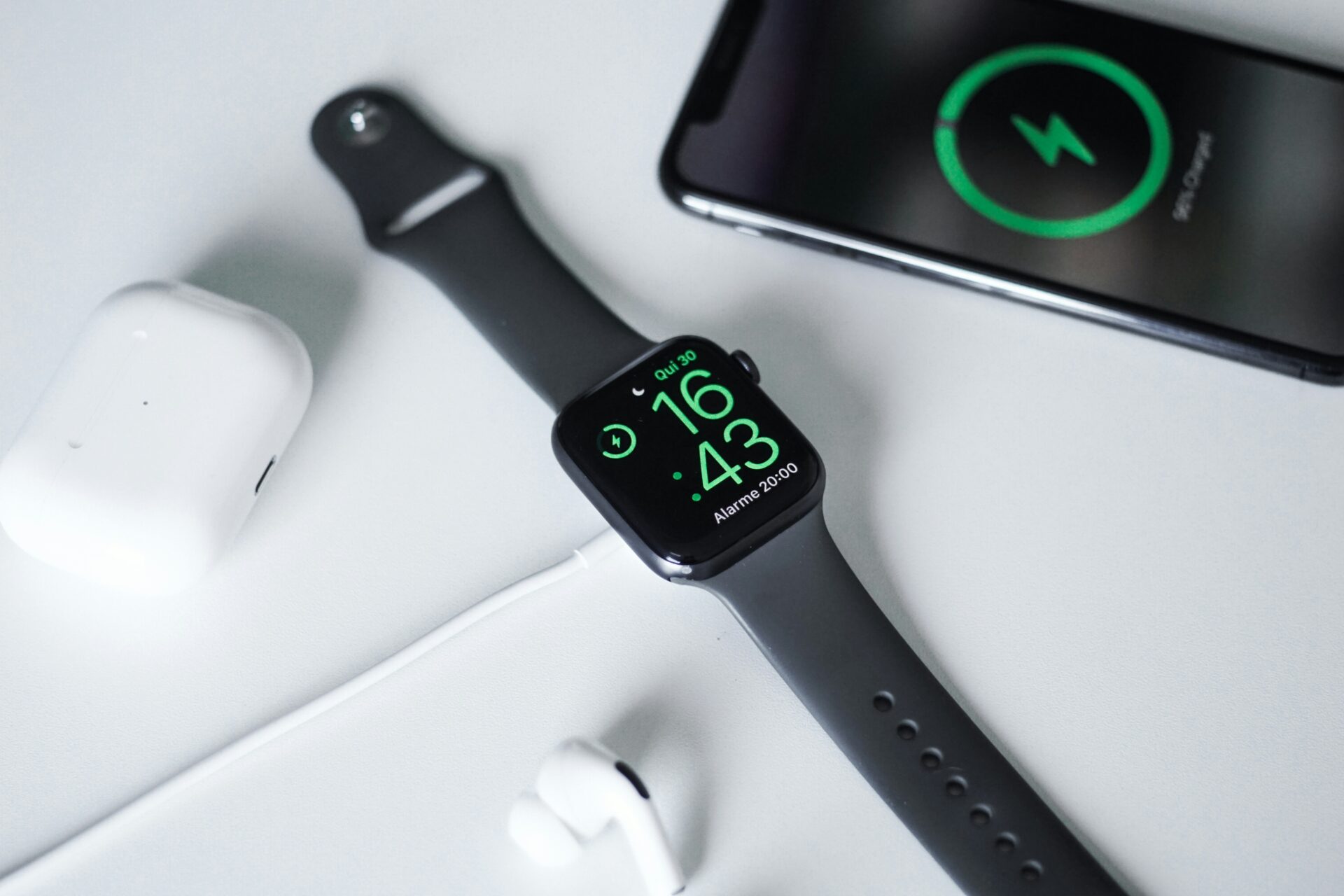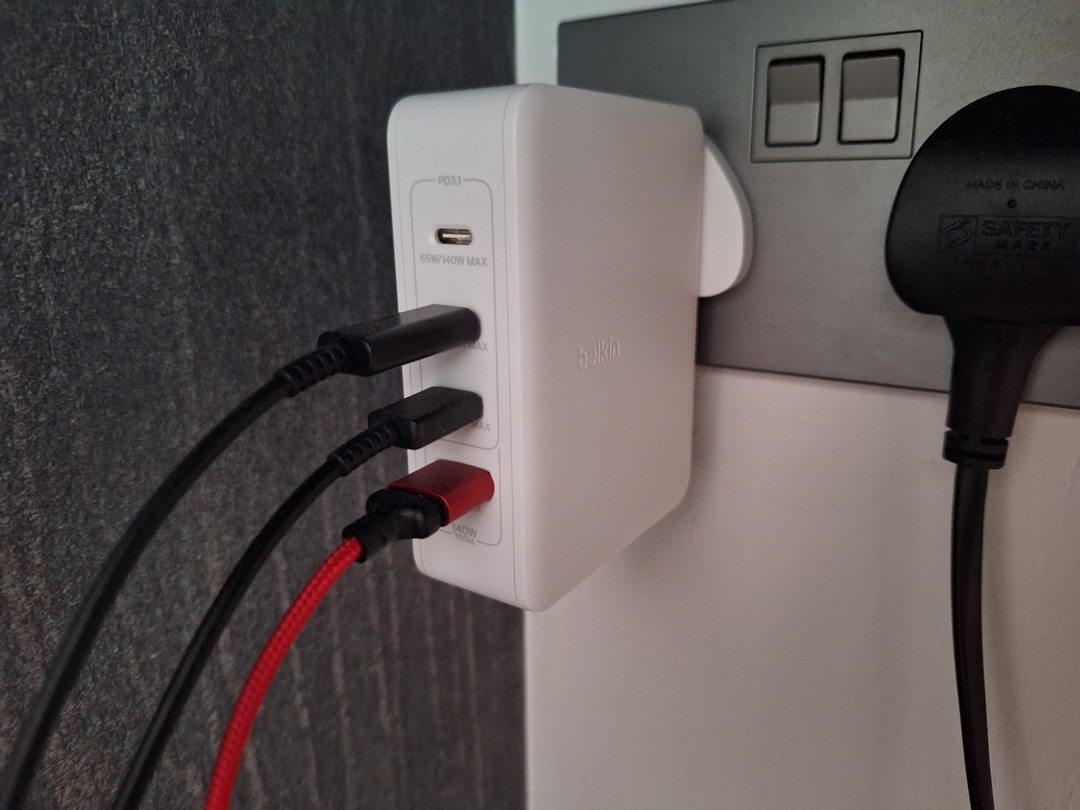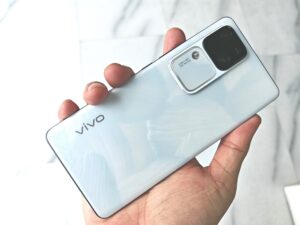
Like it or not, when you buy a new phone today, there’s a good chance you won’t get a charger in the box.
Soon, the trusty one you’ve been using from several phones ago also becomes inadequate – it may not charge up a new phone or only do so slowly.
This calls for a new charger, which is no longer an afterthought today. And not just any charger, I’d argue, but a gallium nitride or GaN charger.
Increasingly popular today, these chargers make use of GaN, a material that used to be expensive in the past but is now finding its way into semiconductors, including the power charger you use every day.
The big plus is that GaN chargers get less hot when they juice up your devices. This means they can be one of two things – either smaller to carry around or more powerful to charge up multiple devices at once (Belkin has a good explanation here).
For many users, a GaN charger solves one annoying issue – the use of multiple chargers for all sorts of devices at home or on the go.
This is helped by the fact that most devices today can be juiced up over a USB connector. All you need is a proper USB cable to hook up your phone, watch, tablet or laptop.
Often, you’d find a GaN charger that supports the common USB-C Power Delivery (USB-PD) technology. Some chargers also support standards like PPS (Programmable Power Supply) and Qualcomm’s Quick Charge.
Essentially, what they all do is ensure that your device can be filled up quickly and safely. Instead of blindly pumping current into a device, today’s chargers can “talk” to it to make sure they don’t over-charge the onboard battery and cause damage.
I recently tried out a top-end Belkin BoostCharge Pro wall charger that comes with four USB ports and supports up to 140 watts in power delivery.
The GaN charger promises to juice up half the battery on a MacBook Pro 16 in 28 minutes. That’s using USB PD 3.1 technology, while utilising the full 140W that the power brick can deliver.
The smart thing is that the charge delivered varies when you plug in additional devices. So, if you plug in, say, a phone that takes up 12W, the charger will reduce the power delivered to the laptop to 100W.
Plug in another laptop, or a smartwatch, and the 140W gets automatically and safely shared among the devices.

At home, this has solved a big headache for me – the multiple power adapters and USB chargers used for the various devices at home.
One Belkin BoostCharge Pro gives me enough juice for an Apple iPhone (not mine), a Samsung smartwatch, a USB-powered LED light and sometimes a Dell laptop as well.
Okay, this charger is bigger than a regular travel charger for a phone, but it is all I need for my devices when I travel in future.
Just bring along international adapters (sold separately) that can be slotted in while overseas and I have all that I need to keep all my devices going.
I also like it that the Belkin GaN charger has the four ports lined up so the various cables flow from it neatly, compared to a mess of multiple chargers and those electric “multi-plugs” that I often feel uneasy over.
This is also where I need to sound a note of caution. As with all chargers and batteries, make sure you buy a GaN charger from a reputable brand that has carried enough tests to ensure the safety of its accessories.
Besides Belkin, you can add Anker, Ugreen and Otterbox to the list of brands that are pretty well known and seem to have stood up to user scrutiny.
To be sure, you don’t have to spend more than S$100 for a four-port charger like the Belkin BoostCharge Pro 140W. Smaller-capacity GaN chargers that cost less and have, say, two ports for your phone and watch are also handy.
Oh, and don’t forget to also get USB cables from reputable brands. Not just one with a fancy braided design but more importantly, one that clearly supports the USB-PD feature for efficiency and fast power delivery.






